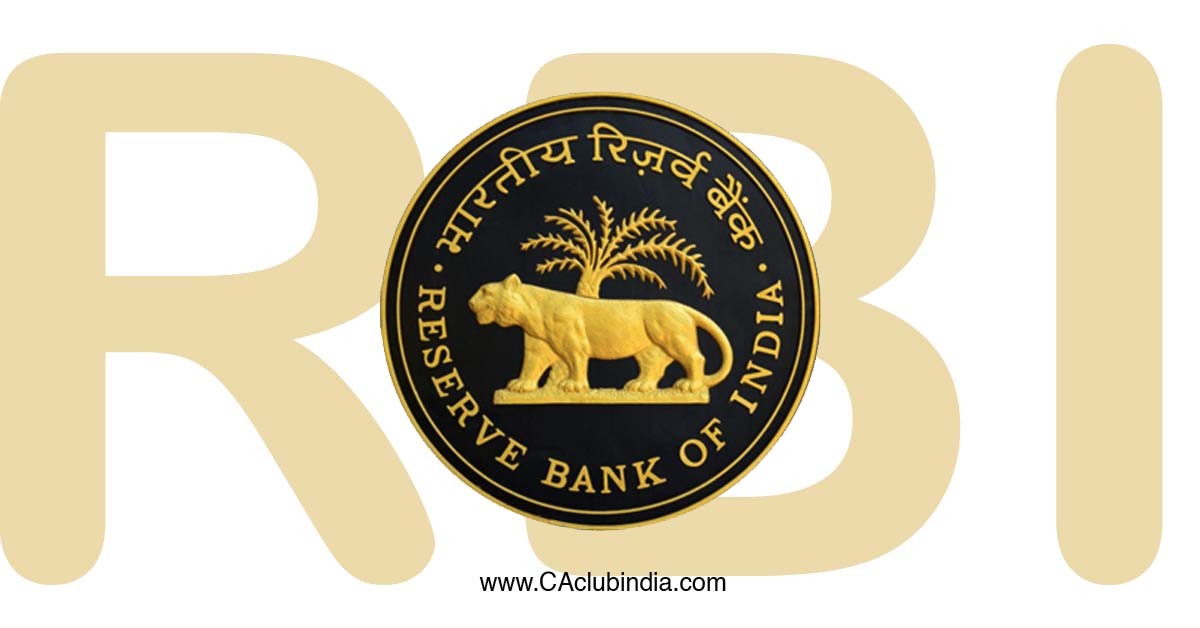The Reserve Bank of India's (RBI) Monetary Policy Committee (MPC) on June 8th 2023, said the repo rate will be unchanged at 6.5 percent. This is for the second time that the central bank has kept the basic rate unchanged.
The repo rate in India holds significant importance in the country's monetary policy framework.
Here are some key points regarding the significance, effects, and current outlook of the repo rate in India
The Reserve Bank of India (RBI) employs various tools to maintain price stability and ensure the efficient functioning of the economy. Among these tools, repo rates and reverse repo rates are fundamental in nature. By adjusting these rates, the RBI strives to strike a balance by controlling inflationary pressures and promoting economic activity. It is crucial for businesses and individuals to be aware of these rates as they have a far-reaching impact on interest rates, credit availability and consumption

Repo rate and its impact
The repo rate, short for Repurchasing Option rate, refers to the rate at which the RBI lends funds to commercial banks to address temporary liquidity shortages. When banks require short-term funds, they can borrow from the RBI by providing eligible securities such as treasury bills as collateral. The repo rate represents the interest charged on these borrowings. By increasing the repo rate, the RBI makes borrowings more expensive for banks, leading to reduced borrowing and lending activities. This, in turn, decreases the money supply in the market, curbing inflationary pressures. Conversely, a decrease in the repo rate incentivizes banks to borrow more from the RBI, making borrowing costs more affordable for businesses and individuals. This stimulates lending, investments, and overall economic growth.
Reverse repo rate and its impact
The reverse repo rate, as the name suggests, is the rate at which the RBI borrows money from commercial banks. By offering government securities as collateral, the RBI absorbs excess liquidity from the banking system. An increase in the reverse repo rate encourages banks to park their surplus funds with the RBI, earning interest on these investments. Consequently, the amount of money available for lending decreases, leading to tightened money supply in the economy. Conversely, a decrease in the reverse repo rate prompts banks to lend more to the economy, boosting the money supply and stimulating economic activity.
Current scenario and its impact on individuals and businesses
In the most recent bi-monthly meeting held on June 8th 2023, the RBI's Monetary Policy Committee decided to maintain the repo rate at 6.5% and retained the FY24 GDP growth forecast at 6.5%. Changes in repo rates directly affect individuals, particularly those with loans and deposits. When the repo rate increases, banks pass on the higher rates to borrowers, resulting in increased interest rates. Home loan borrowers, who often have floating interest rates, may face higher monthly installments or extended loan tenure. This, in turn, can lead to reduced financing-based consumption, such as purchases of flats, consumer durables, and vehicles. On the positive side, an increase in the repo rate leads to higher deposit rates, benefiting senior citizens and others who rely on income from fixed deposits. Conversely, when the repo rate decreases, loans become cheaper for individuals with variable interest rates. However, deposit interest rates may fall in such scenarios.
Future outlook and considerations
Experts suggest that the RBI will likely maintain the repo rate unchanged in 2023, with any rate cuts dependent on inflationary pressures and the monsoon season. For senior citizens, the current period presents an opportune time to secure high-interest-bearing fixed deposits. Similarly, for those planning to take home loans, opting for floating interest rate loans now might be advantageous, as interest rates are expected to remain stable or potentially decrease in the near future.
Understanding repo rates and reverse repo rates is essential for individuals and businesses to comprehend the implications on interest rates, credit availability, investments, and overall economic conditions. By closely monitoring these rates and their potential changes, individuals can make informed financial decisions and adapt to the prevailing market conditions.
Disclaimer: This article provides general information existing at the time of preparation and we take no responsibility to update it with the subsequent changes in the law. The article is intended as a news update and Affluence Advisory neither assumes nor accepts any responsibility for any loss arising to any person acting or refraining from acting as a result of any material contained in this article. It is recommended that professional advice be taken based on specific facts and circumstances. This article does not substitute the need to refer to the original pronouncement





 CAclubindia
CAclubindia

